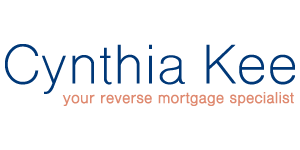3 Ways to Secure Your Property Value with a Reverse Mortgage
Reverse Mortgages Are An Excellent Hedge Against Property Value Risk – Especially Now
Part of the motivation to be a homeowner is the opportunity to accumulate growing equity in a home. Equity growth, however, is heavily influenced by market changes over which the owner has little control. Currently home values are at historic highs and base interest rates below one-percent, so it’s not a stretch to think that now is the best time for older homeowners to consider securing their home’s value with a reverse mortgage.. But is that the best choice? It’s a pivotal question that deserves further examination.
Surging home values could give one a sense of accomplishment and economic security despite the fact that both can be suddenly stripped away- a harsh reality that well-informed homeowners took to heart after the housing crash of 2008. Housing industry experts know that to assume continual home appreciation each year is absurd on its face. Yet, few homeowners have considered the consequences should their home’s values decline, even modestly.
So how can one secure their home’s accumulated equity? Simply put there are three ways:
Sell the home
Get a cash-out refinance
Obtain a reverse mortgage
HELOCs or home equity lines of credit are not included since lenders can freeze part or all of the credit line should housing or economic conditions deteriorate. A homeowner reaching 62 can begin converting home equity into spendable funds by taking out a HECM reverse mortgage. In calculating the amounts that a senior can draw using a HECM, the Government assumes the borrower’s house will appreciate by 4% a year. This was the average rate for all areas over a period of many decades.
The individual taking out a HECM reverse mortgage today could experience 4% appreciation, but more likely the rate will be higher or lower. The way the program is designed, the borrower is protected against the adverse consequences of a rate below 4%, and allowed to enjoy the benefit of a rate above 4%. The HECM program allows the owner to hedge their property value risk.
Today, housing economists have a good reason for concern. The Fed is increasing our money supply at alarming levels, the early signs of inflation are becoming increasingly evident, and current home values and future appreciation are contingent upon the successful unwinding of millions of loans in mortgage forbearance. Each individually could force home values down.


